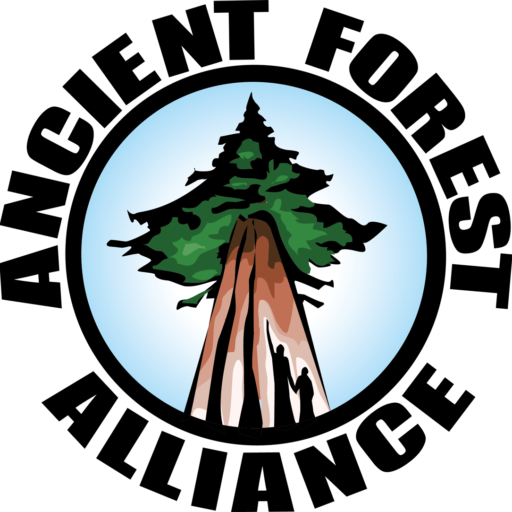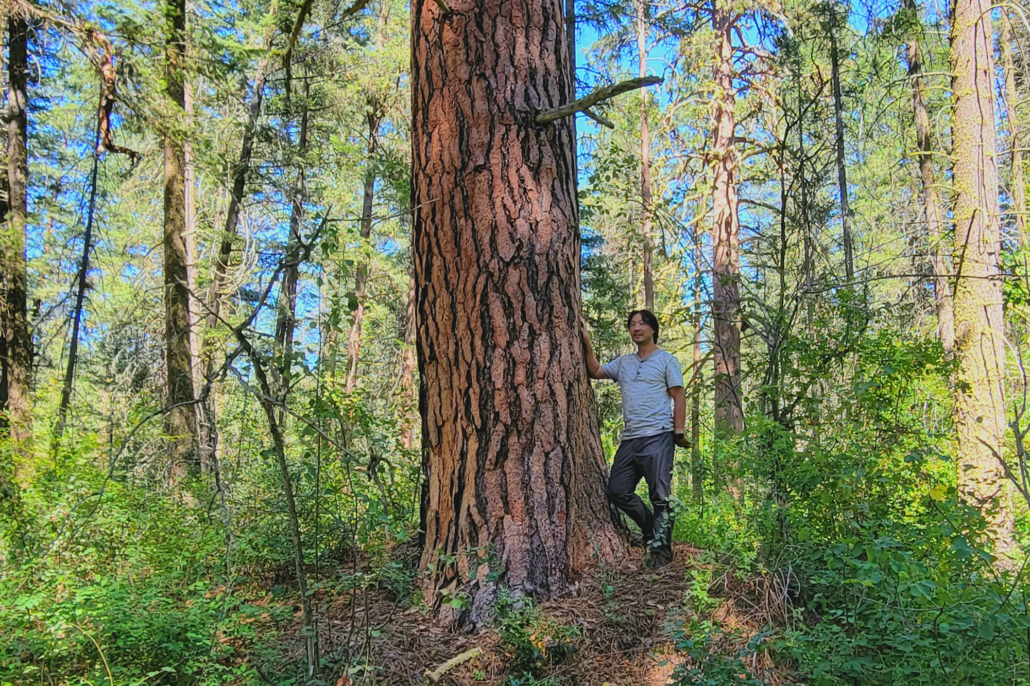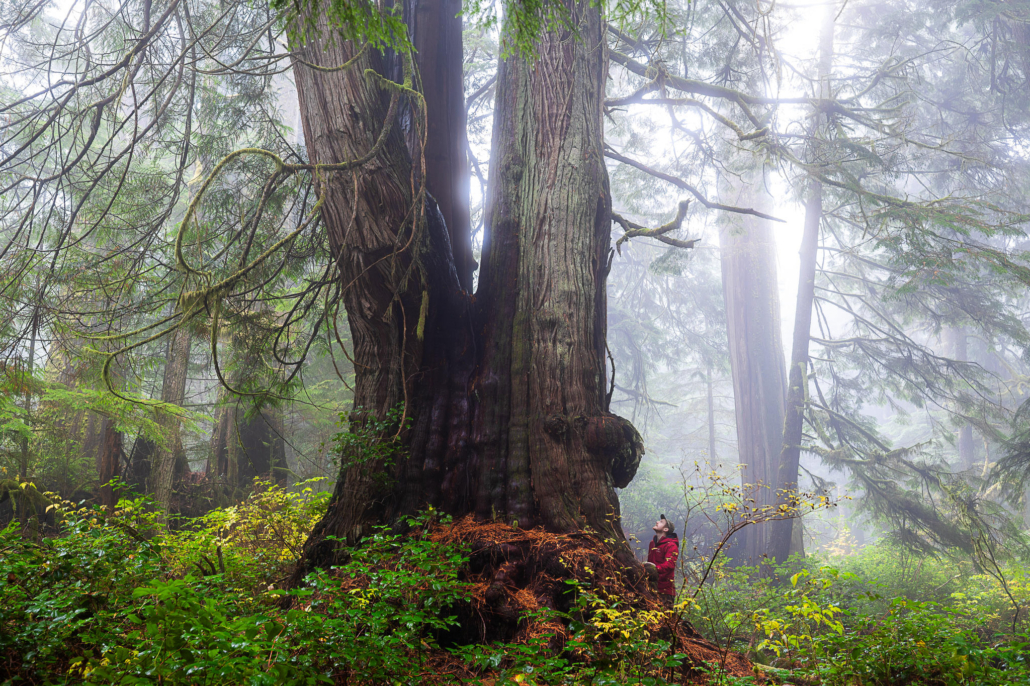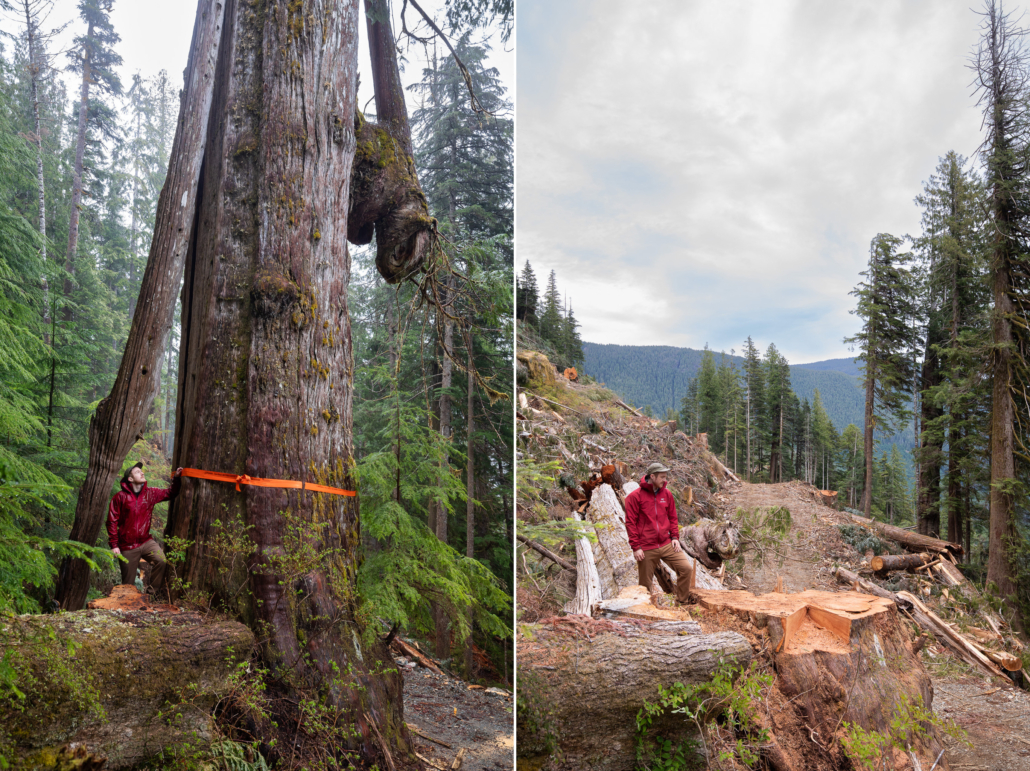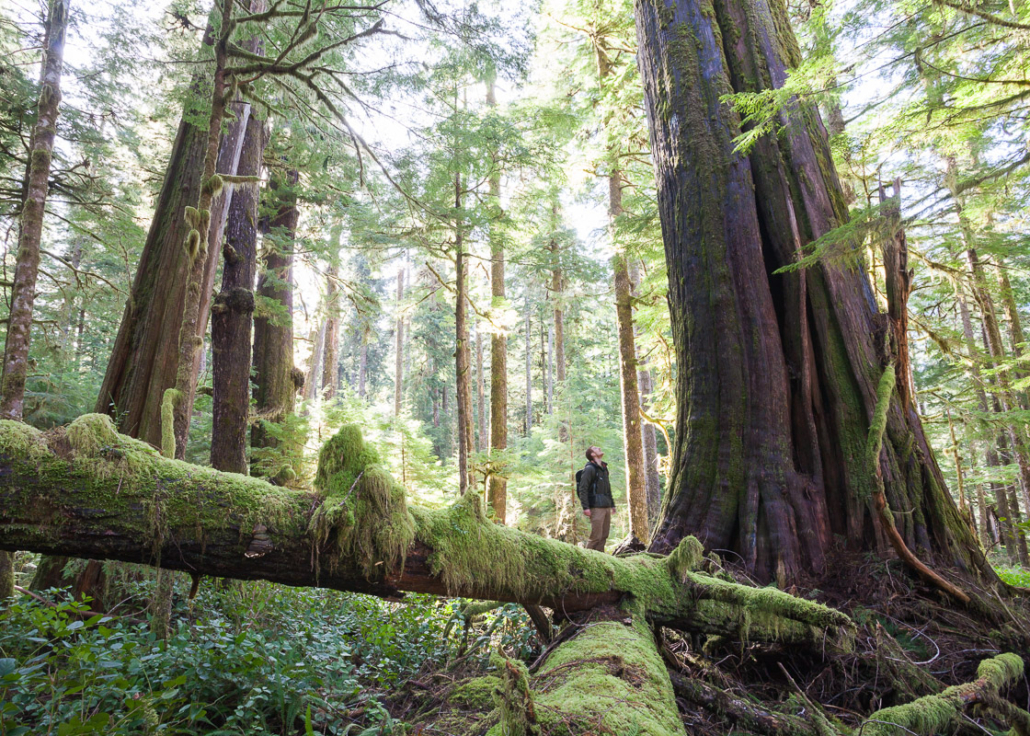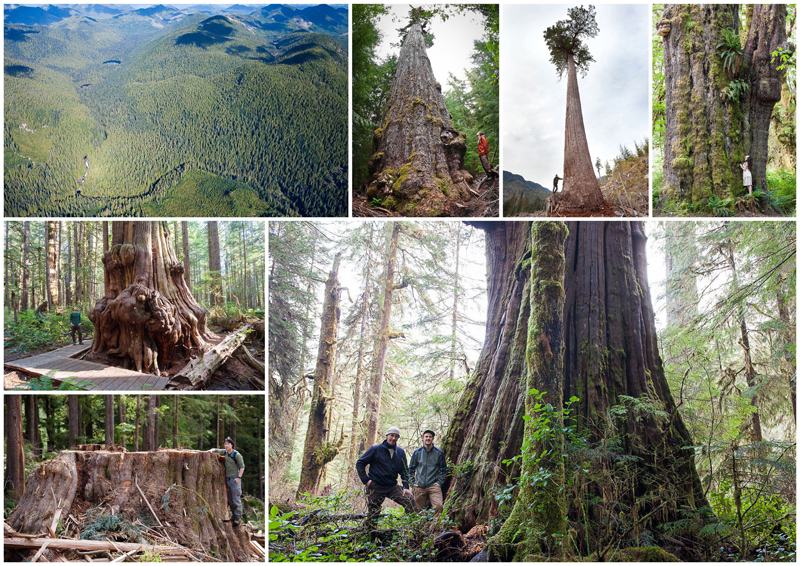 May 31 2016
May 31 2016Historic Leap for Old-Growth Forests – BC Chamber of Commerce Passes Resolution for Expanded Protection
Media Release: Historic Leap Forward for Old-Growth Forest Conservation – BC Chamber of Commerce Passes Resolution Calling on the Province to Expand Old-Growth Forest Protections
The BC Chamber of Commerce passed a resolution at its annual general meeting in Kelowna yesterday calling on the provincial government to increase protection for the province’s old-growth forests. The resolution calls on the province to: “Support the increased protection of old-growth forests in areas of the province where they have or can likely have a greater net economic value for communities if they are left standing for the next generation and beyond.”
See the resolution here: www.ancientforestalliance.org/news-item.php?ID=1009
The resolution, passed almost unanimously, is a historic shift in the politics of old-growth forests in the province, where in years past the protection of old-growth forests was often thought to be detrimental to the economy and rural communities by much of the business community. The BC Chamber of Commerce’s resolution is part of a growing momentum among various Chambers of Commerce, including the Port Renfrew, Sooke, and WestShore Chambers of Commerce, and various town councils including the Victoria, Metchosin, and Tofino councils and the Association of Vancouver Island and Coastal Communities (AVICC), representing 51 coastal cities, towns, and regional districts, all calling for the protection of old-growth forests in recent months. See: www.ancientforestalliance.org/news-item.php?ID=1001
This shift in the business community in favour of protecting old-growth forests – inconceivable a decade ago in the province – may be fostered by several factors: A growth in old-growth forest tourism in the province; the rapid expansion of the “green business” sector (eco-tourism, clean tech, organic agriculture, etc.); the increasing economic dominance of second-growth forests for the logging industry while old-growth forests have become scarce; closer cooperation between the environmental movement and tourism businesses; and a general growth in environmental awareness among consumers and business owners alike.
The BC Chamber of Commerce is the largest and most broadly-based business organization in British Columbia. Representing more than 125 Chambers of Commerce and Boards of Trade, and 36,000 businesses of every size, sector and region of the province, the BC Chamber of Commerce considers itself as the primary voice of business in BC.
“The publicity about old-growth forests near Port Renfrew in recent years has brought in a flood of visitors from Europe, the USA, Canada, and diverse countries. This has especially been true since the protection of the Avatar Grove in 2012. Big tree tourism has increased the total flow of dollars spent in Port Renfrew, in our rental accommodations, restaurants, grocery stores, and businesses in general. It has also greatly increased the property values in town. Along with sport fishing, old-growth forest tourism has become a staple of our local economy,” states Dan Hager, president of the Port Renfrew Chamber of Commerce which sponsored the resolution. “Visitors from around the world are also coming to see old-growth forests throughout much of the province. Given that the monumental stands of old-growth trees are a scarce commodity today for tourism, it makes business sense to protect them across the province in areas where they will benefit local communities.”
“The BC Chamber of Commerce’s resolution calling on the province to increase protection of old-growth forests is a tectonic shift in the province’s land use politics – it would’ve been inconceivable a decade ago. Times are changing, and so is the economy. Thanks to communities like Port Renfrew and Tofino, the narrative is quickly shifting from the belief that protecting old-growth forests is detrimental to rural communities, to the realization that protecting nearby old-growth forests greatly enhances and secures the economic future of communities”, stated Ken Wu, executive director of the Ancient Forest Alliance.
“Tourists are coming to see old-growth forests in BC, not clearcuts or tree plantations. Next only to the redwoods of California, the old-growth forests of British Columbia are the grandest forests on planet Earth, with trees as wide as living rooms and as tall as downtown skyscrapers. But time is running out and we need the province to break from their status quo policy of old-growth forest liquidation and to instead develop a new plan to protect our remaining old-growth forests to support tourism, endangered species, clean water, wild salmon, climate stability, and First Nations cultures, while ensuring a sustainable second-growth forest industsry”, stated TJ Watt, Ancient Forest Alliance photographer and campaigner.
MORE BACKGROUND INFO:
• See photos of some of BC’s largest old-growth trees at: www.ancientforestalliance.org/photos.php?gID=1
• See spectacular photos of the Walbran Valley at: www.ancientforestalliance.org/photos.php?gID=7
• See a recent Youtube clip using drone footage over the Central Walbran at: www.youtube.com/watch?v=lyMPXHOjlK0
• See “before and after” maps and stats of the southern coast’s old-growth forests at: www.ancientforestalliance.org/old-growth-maps.php
(*** Note: News media are free to reprint and repost all photos, maps, and videos. Photo credit to “TJ Watt” if possible)
Port Renfrew, formerly a logging town, has been transformed in recent years into a big tree tourism destination as hundreds of thousands of tourists have come from around the world to visit some of Canada’s largest trees in the nearby Avatar Grove, the Red Creek Fir (the world’s largest Douglas-fir tree), Big Lonely Doug (Canada’s 2nd largest Douglas-fir tree), San Juan Spruce (until recently Canada’s largest Sitka spruce tree – its top broke off in a recent storm unfortunately), the Harris Creek spruce (one of the largest Sitka spruce trees in Canada), and the endangered Central Walbran Valley.
Across the province, tourists are coming to see old-growth forests such as Clayoquot Sound by Tofino (including Meares Island, Pacific Rim National Park Reserve, Flores Island), Cathedral Grove near Port Alberni, Avatar Grove by Port Renfrew, the Koksilah Ancient Forest near Duncan, the Carmanah and Walbran Valleys near Lake Cowichan, Cape Scott and the North Coast Trail near Port Hardy, the Nootka Trail near Gold River, the Elaho Valley near Squamish, Cheakamus Lake near Whistler, Sumallo Grove near Hope, the Giant Cedar Trail near Revelstoke, the Ancient Forest Trail near Prince George, the south end of Chilliwack Lake, Capilano Canyon in North Vancouver, and Stanley Park in Vancouver. Numerous other old-growth forests are on the chopping block but have tremendous economic potential if they were left standing
While over 60% of the province is forested, most of the province’s forests are considered to be of low to no commercial value due to the small, stunted trees growing at high elevations, on steep rocky slopes with minimal soil, in vast coastal bogs and muskeg, and in far northern cold landscapes. The productive forests with the larger trees and where most conservation battles have occurred constitute a minority fraction of the province in the warmer valleys and lower elevations – while productive old-growth forests constitute an even smaller subset of these forests after a century of high-grade harvesting.
On BC’s southern coast (Vancouver Island and the southwest mainland), 75% of the original, productive old-growth forests have already been logged, including over 90% of the valley bottoms where the largest trees grow. 3.3 million hectares of productive old-growth forests once stood on the southern coast (with an additional 2.2 million hectares of bog, subalpine forests, and other low productivity old-growth forests of low to no commercial value with stunted trees), and today only 860,000 hectares remain, while only 260,000 hectares are protected in parks and Old-Growth Management Areas. Second-growth forests now dominate 75% of the southern coast’s productive forest lands, including 90% of southern Vancouver Island, and can be sustainably logged to support the forest industry. See “before and after” maps and stats of the southern coast’s old-growth forests at: www.ancientforestalliance.org/old-growth-maps.php
Much of the recent momentum for protecting old-growth forests has been driven by concern over the fate of the Central Walbran Valley near Port Renfrew. The Central Walbran Valley’s old-growth temperate rainforest has long been an area of public interest since hiking trails were built in the valley in 1990. In 1994, the BC government protected the Lower Walbran Valley, about 5500 hectares, as part of the larger Carmanah-Walbran Provincial Park, but left out the Central Walbran Valley (500 hectares) and the Upper Walbran Valley (7,000 hectares) from the park. Since then, most of the Upper Walbran has been heavily tattered by logging, but the Central Walbran remains largely intact. However, eight new cutblocks are planned in the Central Walbran, of which one (cutblock 4424) has been approved by the province. The Central Walbran Valley lies on Crown (public) land in the territory of the Pacheedaht band in Tree Farm Licence 46 held by licensee Teal-Jones.
